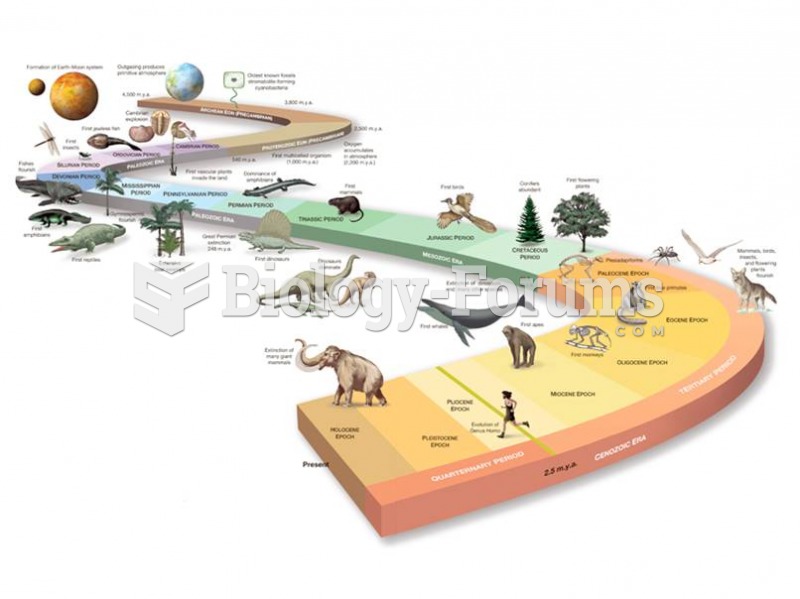Answer to Question 1ANS:Answer
should include:
Fishing methods were once dependent on hook and line techniques, but are mostly
reliant on various trawl methods now. Currently, over 5 million people are employed by
fishing around the world.
Approximately 75 of the annual harvest is conducted by commercial fishers who
operate large fleets. These fleets are huge factory ships that are capable of processing
and canning the fish they collect.
Fishing costs have increased despite advancements made in technology. The fuel used
by the fishing fleets and processing plants has increased substantially in recent years.
The cost of fishing has become higher due to the cost of wages.
Another issue that relates to why fishing is becoming more expensive is that fishers are
needed to travel greater lengths to collect their ton of fish each year. This is due to the
overexploitation of fisheries.
Answer to Question 2ANS:Answer
should include:
Petroleum is often connected to marine sediments. It is likely formed form marine
organisms like plankton and bacteria. The organic matter then fell to the bottom to
accumulate at deep, calm basins. There would have also have been low oxygen and few
bottom scavengers.
Aerobic bacteria turned the original tissues of the organisms into simple forms of
insoluble organic molecules. These were then covered with sand. This probably
happened with turbidity currents at first and continued with the normal fall of sediments.
Pressure and depth would have cooked the hydrocarbons even more over time.
Geologists use sound to locate patterns of deep sediment layers and reservoirs. They
look for signatures that indicate oil being present. Then, the information is applied to
drilling operations to extract the oil.







